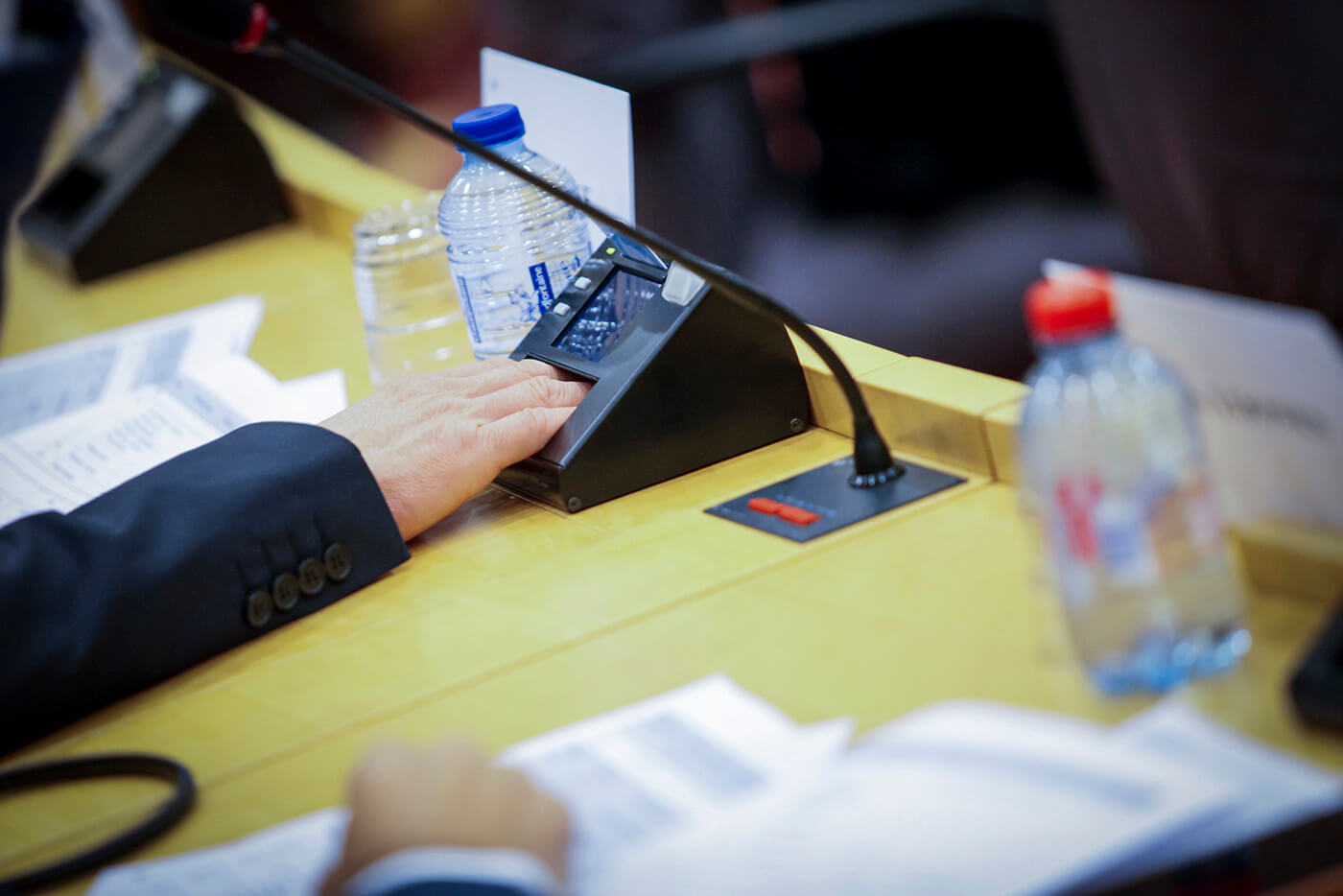MEPs take another step toward increased fire safety in Europe
25 September 2018
Today, the European Parliament’s Committee on Budget (BUDG) adopted an amendment for a pilot project on fire safety to be included in the EU’s 2019 budget. The Modern Building Alliance would like to congratulate the BUDG Committee and all the MEPs that have supported this initiative which will strengthen the EU commitment to fire safety and support a breakthrough in fire statistics and prevention. The pilot project was first proposed by the Industry, Research and Energy Committee (ITRE), led by MEP Bendt Bendtsen and supported by 23 other MEPs across most political groups and aim to mend the data gaps on fire statistics and implement pan-European awareness fire safety campaign.
Quentin de Hults, Executive Chair of the Modern Building Alliance said: “Understanding the key risk factors is essential to identify effective actions. This pilot project can help Member States in their fire prevention efforts and make sure the rate of fire fatalities in Europe keeps going down”.
We currently experience a lack of EU-wide statistics about fire safety while data are essential to identify risk factors and most effective prevention measures. Efforts to prevent the development and consequences of fires require building occupants to understand which safety precautions or emergency actions need to be taken and in which circumstances. The pilot project will start by gathering better statistics and would recommend EU-level actions to support fire safety and fire prevention efforts of Member States, turning into a possible pan-European fire safety awareness campaign.
The 2019 EU budget will be voted by the European Parliament plenary in October and should be agreed between the Council and the European Parliament later this year. Once approved, the Commission will be responsible for implementing this two-year project and report every year to the European Parliament on the progress made.
To learn more about the pilot project and its aims, please check our news post here.

European Parliament’s Committee on Budget (BUDG) meeting. Votes.
